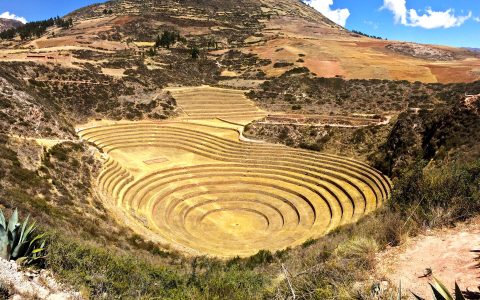Vines 101:
Chilean Wine

Chile may be considered a New World wine region, but the viticultural roots of Chilean wine date back to the 16th century when Spanish conquistadors introduced vines during colonization. French wine varieties were incorporated in the mid-19th century, including Cabernet Sauvignon, Merlot, Cabernet Franc and Carménère—the celebrated deep, dark purple red wine grape rich in berry fruits and spice that has since made Chilean wine famous.
Along with a perfect Mediterranean climate and fertile soil, Chile’s natural geographic barriers and agricultural isolation have contributed to the robust health of the country’s vineyards. The natural fortifications created by the Atacama Desert to the north, Andes to the east, Patagonian glaciers to the south and Pacific Ocean to the west have helped to protect Chile’s wine regions from pests and disease; the natural isolation prevented the devastatingly destructive phylloxera grapevine pest from reaching Chile’s vineyards. Conditions are so ideally suited to grape growing, the country has become a leader in sustainable and organic wine practices.
A new era of winemaking began in Chile in the early 1980s, with the introduction of stainless steel fermentation tanks and French oak barrels for aging. The innovations led to an increase in plantations from 1990 onward, contributing to a steady growth in Chilean wine sales abroad.
Experience Chile With B&R
Scheduled Biking Trip
Warning: with superb picnics, barrel tastings, feasts galore and the one-of-a-kind, avant-garde Hotel Viña Vik, Chile may give you beauty fatigue. Experience it all on this scheduled Chile Biking trip.
DETAILED ITINERARYPrivate Biking Trip
Dominated by the Andes and the Pacific, Chile’s mix of European and indigenous influences imbue it with an old-school, European feel—and on our Private Chile Biking trip, you’ll take it all in on two wheels.
DETAILED ITINERARYCasablanca Valley
 Home to Chile’s fastest growing wine region, the beautiful Casablanca Valley is located just an hour outside of Santiago. World-famous for its terroir and commitment to the finest winemaking technology, the Casablanca Valley produces some of Chile’s best white wines and cool-climate reds.
Home to Chile’s fastest growing wine region, the beautiful Casablanca Valley is located just an hour outside of Santiago. World-famous for its terroir and commitment to the finest winemaking technology, the Casablanca Valley produces some of Chile’s best white wines and cool-climate reds.
The region is a Denomination of Origin (DO) defined by the Chilean Appellation system, meaning the region is a legally defined and protected geographical area for specific grapes. Its clay and sandy soils are among the most unique in the world, blending combinations of clay, granite, iron and shell.
The first vines were planted in the Casablanca Valley in the mid-1980s during the revitalization of Chile’s wine industry. The region quickly made a name for itself with its whites, in particular Sauvignon Blanc and Chardonnay, as well the cool-climate pinot noir. Despite being located closer to the equator than any European vineyard, the cooling influence of the Pacific Ocean has a tremendous impact; the climate is similar to that of Sonoma or Napa in the United States, with cool misty nights and hot days providing ideal growing conditions. Wineries are open year-round.
The valley takes its name from the commune of Casablanca and rests just 30 kilometres (19 miles) from Valparaíso, one of Chile’s most historic and eclectic cities, filled with brightly-coloured buildings, cafés and spectacular ocean views.
MORE FROM Latin America + Chile
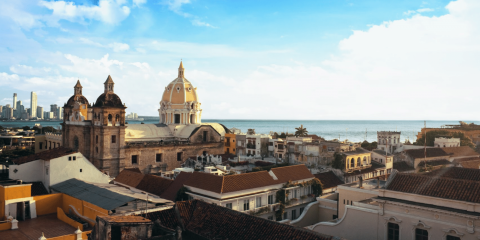
Reading for the Road: The Best Books About Colombia
Colombia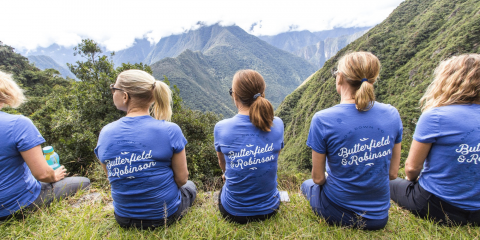
A Wellness Escape to Peru with Butterfield & Robinson
Peru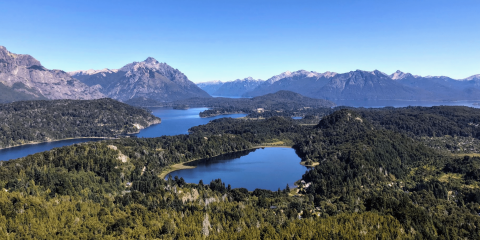
Cruising Through Argentina’s Famous Seven Lakes Road
Argentina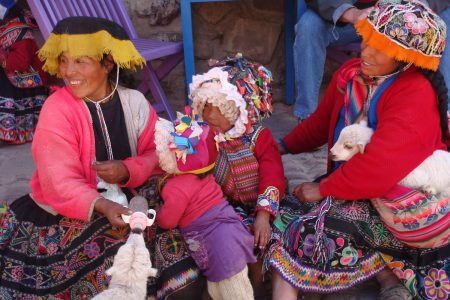
The Slow Fund: Scholarship Fund with Kuska School
Peru
A Taste of South America at Home: Argentinian Beef Empanadas
Argentina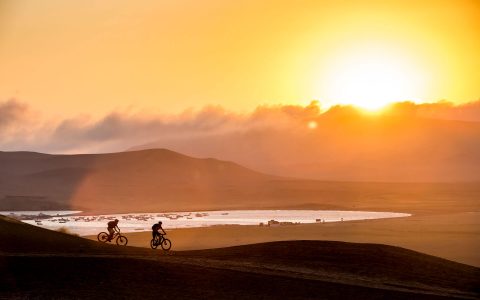
Bespoke Stories: An Off-the-Grid Adventure for a Father & Son in Peru
Peru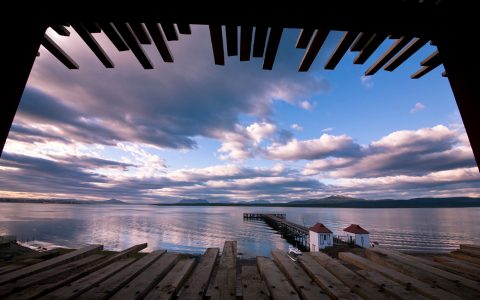
Spectacular Stays: The Singular Patagonia
Chile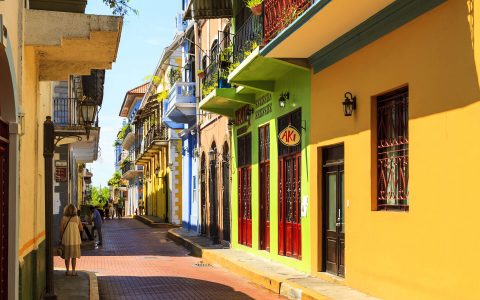
7 Reasons Why You Need to Visit Panama City
Panama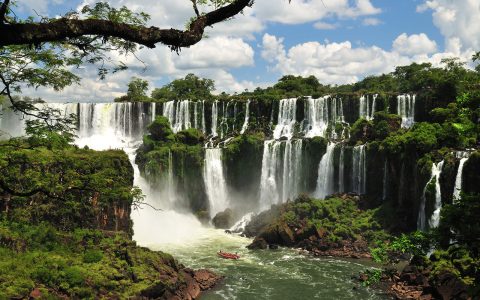
Beyond Buenos Aires: Exploring Northern Argentina
Argentina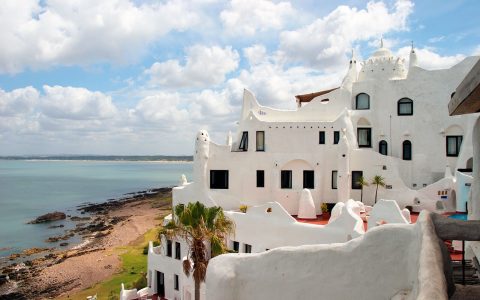
South America’s Best-Kept Secret: Uruguay
Uruguay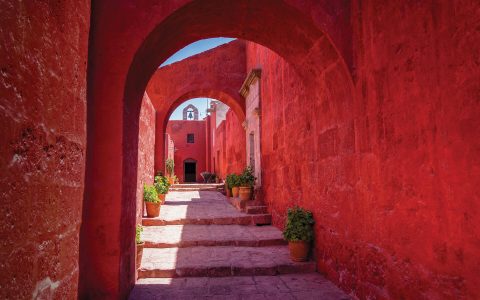
Off the Beaten Trail in Peru
Peru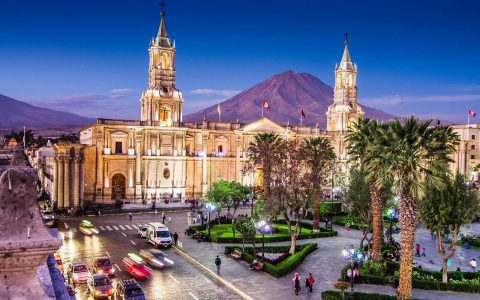
A New Side of Peru: Arequipa & the Colca Canyon
Peru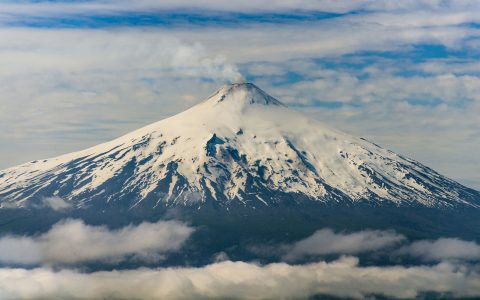
Lakes & Volcanoes of Chile and Argentina
Argentina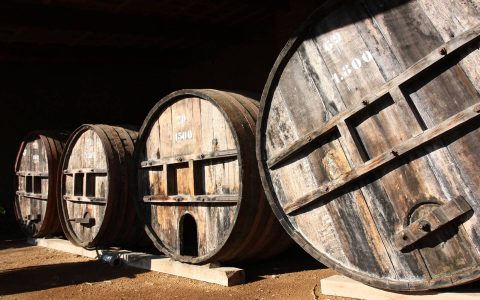
8 Must-Drink Wines From Chile and Argentina
Argentina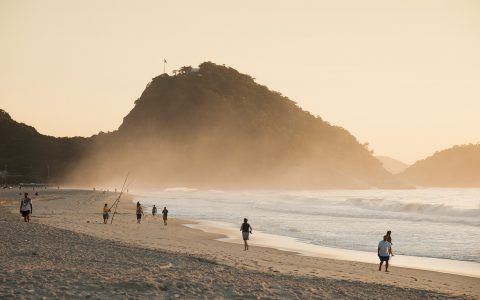
Our Favourite 14 Bars in the Americas
Latin America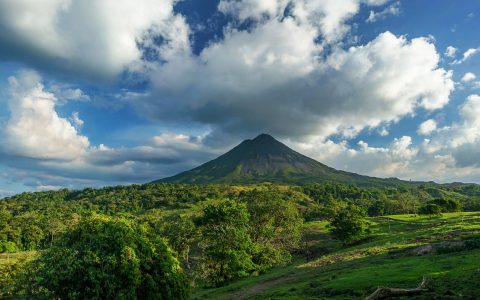
The Best Time of Year to Visit Costa Rica
Costa Rica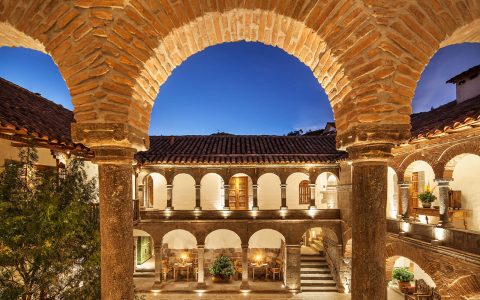
Top 10 Luxury Hotels in Peru
Peru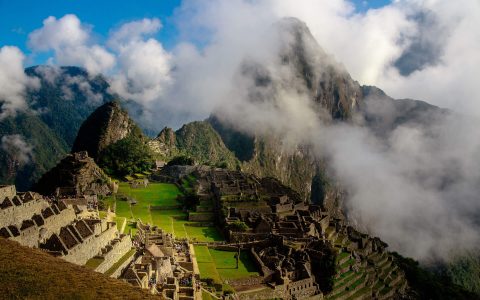
Reading for the Road: Our Favourite Books About Peru
Peru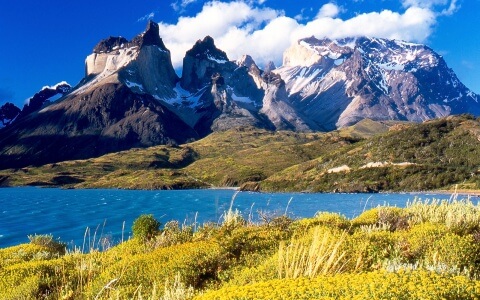
Embracing Extremes in Patagonia
Patagonia


